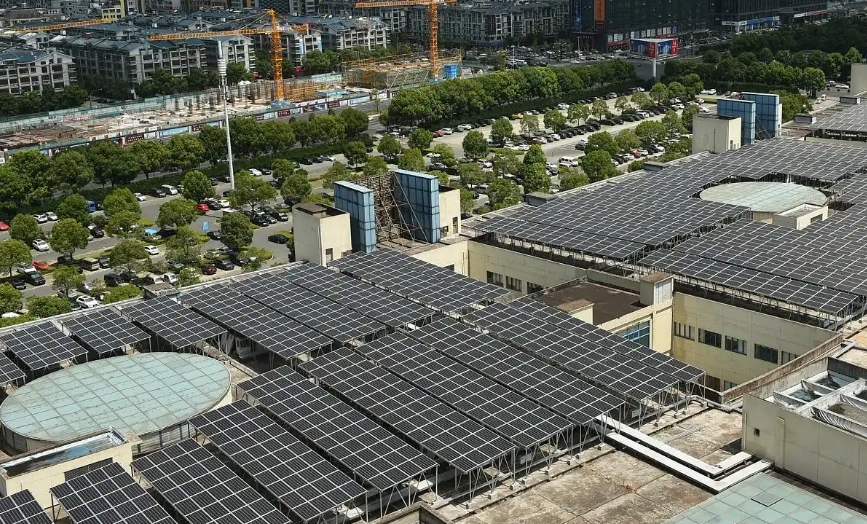
Monocrystalline silicon is composed of a single silicon atom, a form of molecule, just like "rock sugar", a crystal composed of a single molecule. Monocrystalline silicon can be used for the production and deep processing of single crystal products at the diode level, rectifier device level, circuit level and solar cell level. Its subsequent products, integrated circuits and semiconductor separation devices, have been widely used in various fields and also occupy an important position in military electronic equipment.
In daily life, monocrystalline silicon can be said to be everywhere. Televisions, computers, refrigerators, telephones, watches, and cars are all inseparable from monocrystalline silicon materials. As one of the popular materials for scientific and technological applications, monocrystalline silicon has penetrated into every corner of people's lives.
Currently, most semiconductor materials are monocrystalline silicon. With the continuous breakthroughs of monocrystalline enterprises in cost control and product conversion rate, as well as the application advantages of monocrystalline in distributed photovoltaic power generation, monocrystalline is expected to achieve a counterattack against polycrystalline in the future.
Monocrystalline silicon and polycrystalline silicon are two technical routes for solar photovoltaic crystalline silicon components, which are divided into monocrystalline and polycrystalline due to different lattice arrangements. The general view in the industry is that monocrystalline silicon has the advantage of high power generation, but the cost is relatively high. In terms of later operation and maintenance, monocrystalline silicon has certain advantages.
Because monocrystalline is a single structure, the crystal structure is more perfect, and the polycrystalline structure is a combination of countless single crystals. In terms of crystal quality, whether it is dislocation density or impurity content, monocrystalline is better than polycrystalline.
In the production of batteries and components, monocrystalline silicon can provide higher conversion efficiency and higher crack resistance than polycrystalline silicon.
And polycrystalline silicon is a form of single silicon. When molten single silicon solidifies under supercooling conditions, silicon atoms are arranged in the form of diamond lattices into many crystal nuclei. If these crystal nuclei grow into grains with different crystal plane orientations, these grains are combined and crystallized into polycrystalline silicon. Polycrystalline silicon can be used as a raw material for pulling single crystal silicon. The difference between polycrystalline silicon and single crystal silicon is mainly reflected in physical properties.
The shapes of polycrystalline silicon (the blue-colored cells are square) and monocrystalline silicon (the black-colored cells have chamfers around them) can be distinguished from the appearance, but the real identification must be determined by analyzing the crystal plane direction, conductivity type and resistivity of the crystal.
Organic silicon is a kind of artificially synthesized polymer with silicon atoms and oxygen atoms as the main structure. Therefore, its application range is very wide. It is not only used as a special material in aviation, cutting-edge technology, and military technology departments, but also used in various sectors of the national economy. Its application range has expanded to: construction, electronics and electrical, textiles, automobiles, machinery, leather and papermaking, chemical and light industry, metals and paints, medicine and medical treatment, etc.
To learn more, click here
https://www.siliconematerial.net/